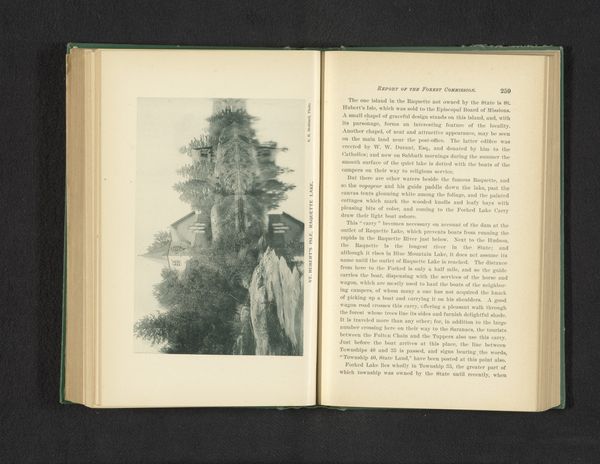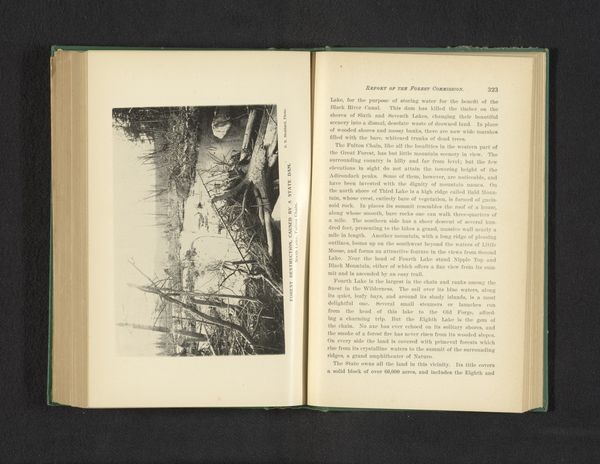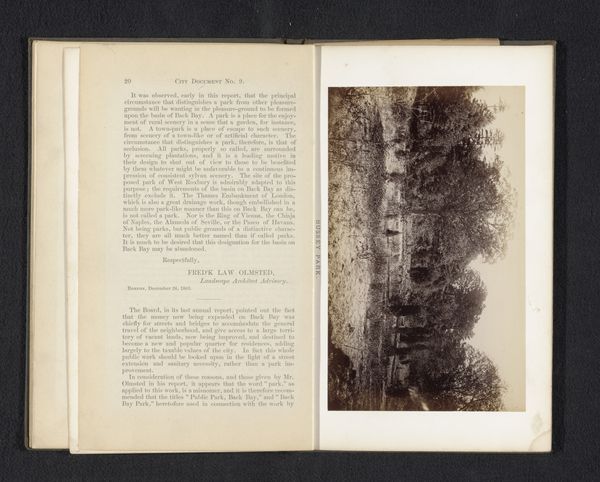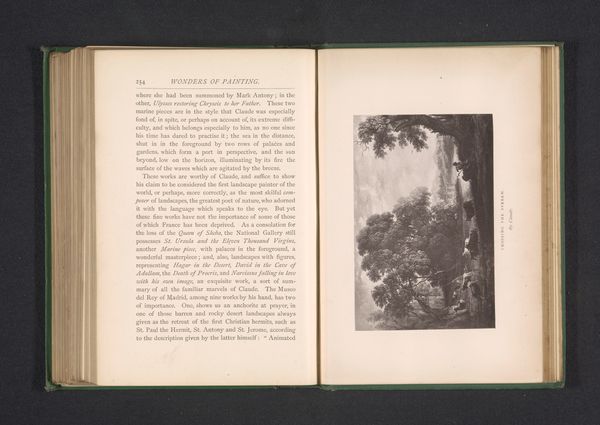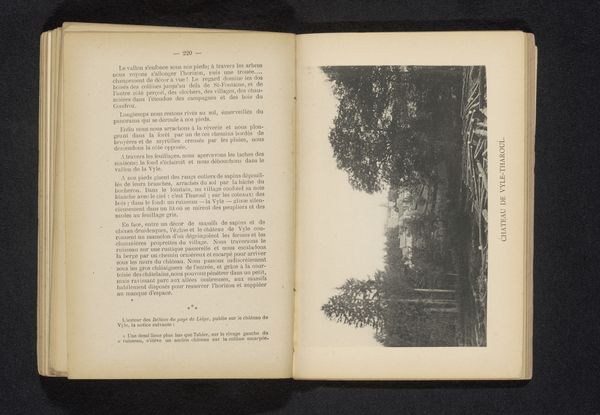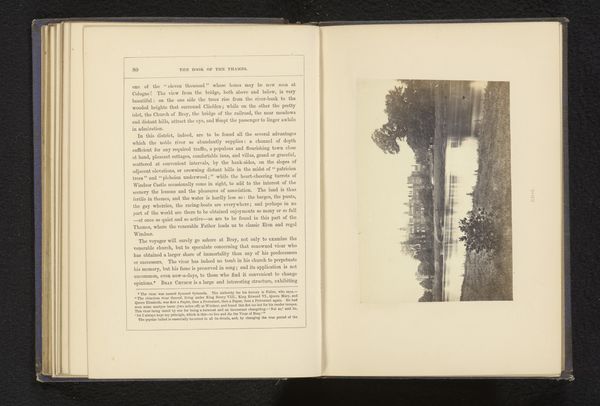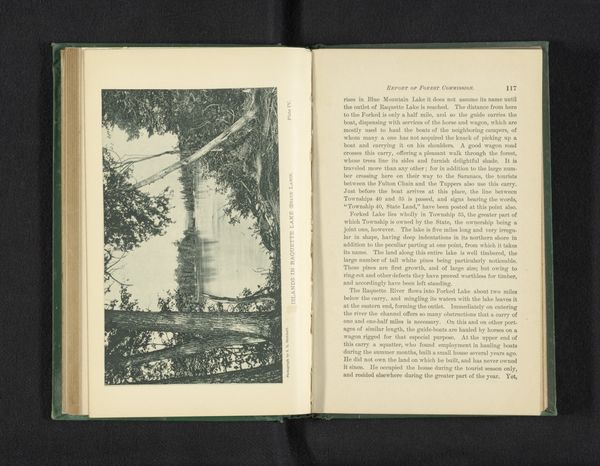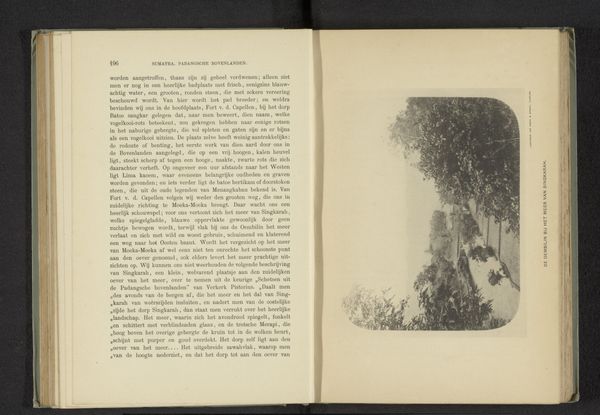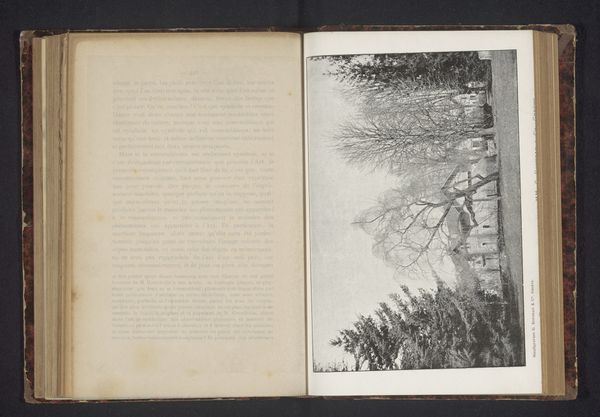
photography
#
pictorialism
#
landscape
#
photography
#
realism
Dimensions: height 100 mm, width 161 mm
Copyright: Rijks Museum: Open Domain
Curator: Here we have "Island in Sacandaga Lake," a photograph taken in 1893 by W.B. Wemple. It's a scene of tranquil waters reflecting a dense island forest. Editor: Immediately, I sense a yearning for unspoiled nature. There's something so still and pristine in this composition; a mirrored world that speaks to both the clarity of nature and the psychological need for reflection. Curator: That reflection could certainly be understood in a deeper context. During the late 19th century, America experienced rapid industrialization and urbanization. Photography like this idealized landscape could represent an escape, even a form of silent protest against that changing world. Wemple was part of the pictorialist movement. Editor: Ah, pictorialism—hence the softened edges, that dreamy almost ethereal quality. These artists were after something more than just a mechanical reproduction of reality. They were after mood. The subdued tones of the image, those grays, speak to a cultural memory of wilderness slowly receding. Think of the spiritual symbolism associated with islands as places of retreat or sanctuary; it feeds into that reading. Curator: That ties into Wemple’s own context as well. Sacandaga Lake and the surrounding Adirondacks were increasingly important spaces for tourism and conservation efforts at the time, suggesting concerns around the idea of nature as a respite available only to certain populations and social classes. This becomes more apparent as a luxury. Editor: Precisely! It's less about a raw, untouched wilderness, and more about a carefully curated view of what nature should look like—controlled, comforting, perhaps even a bit romanticized. The island becomes a symbol for a sort of self-imposed exile from modernity, a psychological haven made visually accessible. Curator: Well, viewing it in its book form highlights how the work is very clearly set within a discourse about resource extraction. Editor: An evocative glimpse into both nature's beauty and its symbolic weight within society. It stirs reflection within and reflection upon a specific period in time. Curator: Indeed, a compelling meditation on how we idealize and grapple with our relationship to the natural world.
Comments
No comments
Be the first to comment and join the conversation on the ultimate creative platform.
